What To Plant In May
This post may contain affiliate links. We may earn a commission if you purchase via our links. See the disclosure page for more info.
It’s all about what to plant in May today. I hope you are adding to your garden or maybe starting one this year. Here’s the deal: we don’t need a lot of
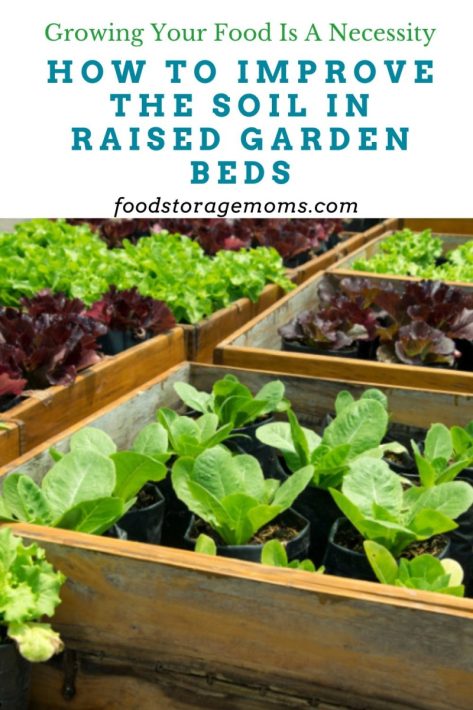
One problem these days is that the weather has changed, and your zone may differ from last year or next year. This year’s unusual weather has made me realize we need to be more self-reliant than ever.
Update: I have moved to northern Utah and will hopefully be installing some galvanized raised garden beds very soon. Please stock up on some garden seeds, plant them, and preserve your bounty. If there was ever a year you needed to know how to garden, it’s this year.
This is where I buy my garden seeds: SeedsNow
How I store my garden seeds:
Plastic Photo Container and Label Maker
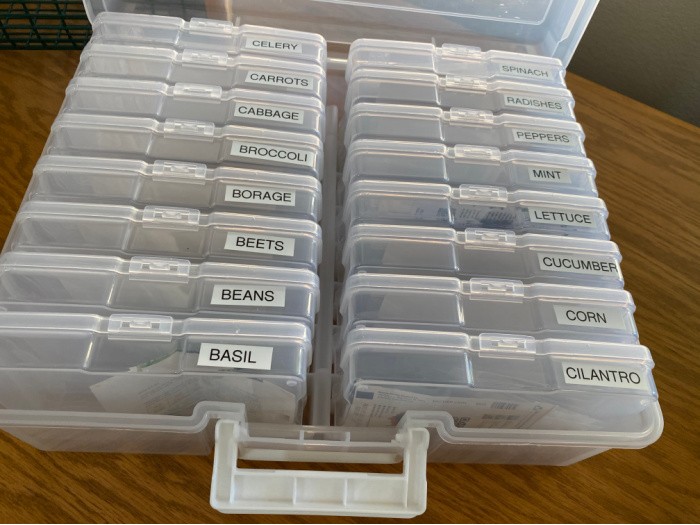
Have a Soil Thermometer
Please be prepared with a Soil Thermometer and a pH tester for the garden. If the weather turns cold, have some Cloches available. These are the ones I purchased to protect my seedlings:
I highly recommend these for seedlings: CowPots and Organic Seedling Soil. You can plant your seeds and place the CowPots in your garden when the temperatures are right.
Sneak Peek at my Tomatoes
I can’t wait for that first red tomato; it brings me so much joy! Do you love gardening as much as I do?
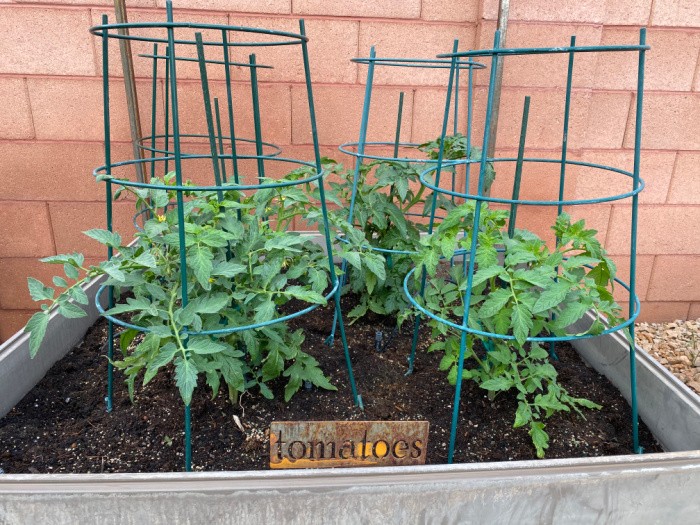
Add Amendments To Your Soil
Before we start with the vegetables you can plant in May, let’s be sure your soil is ready. Here are my soil-prep tips; I do this every Spring and Fall.
We first need to pull any weeds that have grown since the last time you turned over the soil. We must also dig out any leftover crops you missed the last time you harvested. Finally, the soil should be turned several times, and the following amendments should be added if necessary.
UPDATE: My New Favorite Soil
I have used the Vegetable and Herb Planting Mix in the picture below for the past few years. I purchased mine from Star Nursery, but I’m sure it is available at many nurseries. I’ve been very pleased with the results of my veggie harvests, particularly my tomatoes. Mark and I had so many tomatoes before we left Southern Utah that we were giving them away to many of our neighbors.
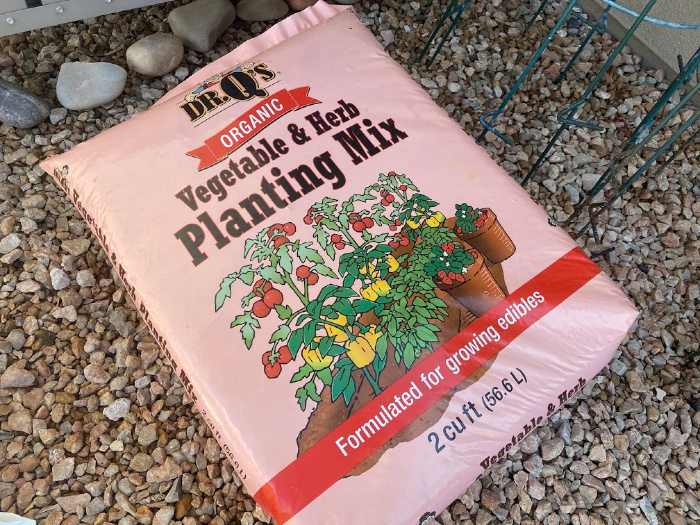
Soil pH Levels
What Does the Term pH Level Mean
Are you wondering what the term pH level is when gardening? Each plant prefers a different level of acidity to grow the very best harvest. The level of acidity desired varies between each plant variety.
Therefore, you can adjust the pH of your soil by adding lime or sulfur to bring it up or down, depending on what your soil needs. You can have your soil tested, possibly by your state extension service, or try to do it yourself with a soil tester. pH Tester
How To Hand Pollinate
All you need is a paintbrush. If you need to hand-pollinate because you are not seeing any fruit develop, you may want to try this. You do this by removing the male blossom (male blossoms don’t have fruit behind them).
They produce pollen, leaving the center covered in pollen to collect with a brush. Use a “brush” to apply the pollen you collected to the center of the female flower. This method works for squash, melons, and cucumbers every time.
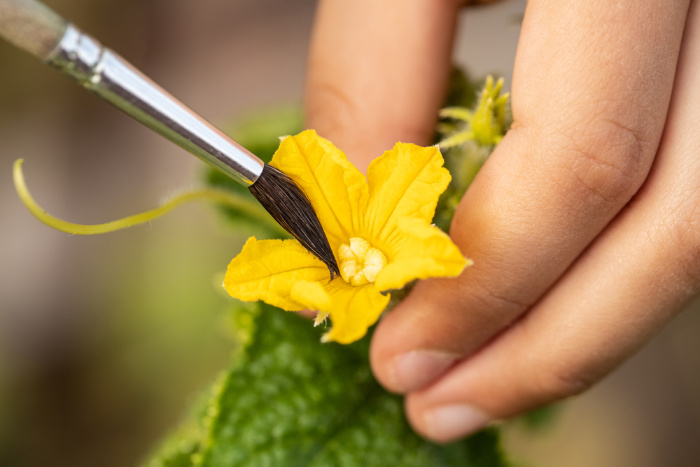
What to Plant in May by Zone
May weather conditions can mean something completely different depending on where you live. Initially, I posted what to plant in May based on where I live, but I realized it would be more beneficial to you if I divided that list into zones. Below, you will learn what you can plant in May in each zone, keep in mind these have changed with “climate change”:
Zones 1 and 2
If you live in zones 1 and 2, you know that May can still be a little cooler, especially at night. With that said, you can still plant things in your garden. Here is a list of what to start planting in May:
- Artichokes
- Broccoli
- Brussell Sprouts
- Chives
- Cucumbers
- Lettuce
- Peppers
- Squash
- Tomatoes
Zones 3 and 4
May is a great time to plant many things in zones 3 and 4. Here is a list of some of the best things to plant in May:
- Asparagus
- Snap and pole beans
- Dry beans
- Lima beans
- Beets
- Brussel sprouts
- Cabbage (by May 1st)
- Carrots
- Cucumbers
- Horseradish (by May 1st)
- Lettuce (by May 1st)
- Peas
- Pumpkins
- Radishes
- Rhubarb
- Squash
- Sweet corn
- Tomatoes
- Watermelon
Zones 5 and 6
You can also plant quite a bit in zones 5 and 6 in May. Here is a list:
- Pole beans
- Lima beans
- Broccoli
- Cantaloupe
- Corn
- Cucumber
- Eggplant
- Lettuce
- Mustard
- Okra
- Peas
- Sweet potatoes
- Squash
- Tomatoes
Zones 7 and 8
When you start getting into May, it is a little late in the season to plant many things to give them time to mature before the weather changes in late summer and early fall. But here are some things you can still plant in May:
- Okra
- Peas
- Peppers
- Sweet potatoes
- Squash
- Watermelon (by May 1st)
Zones 9 and 10
Again, it is pretty hot here in zones 9 and 10. Planting usually starts earlier in the season. Here is what you can still plant:
- Eggplant
- Okra
- Peas
- Sweet potatoes
- Squash
What To Plant In May
1. Beets
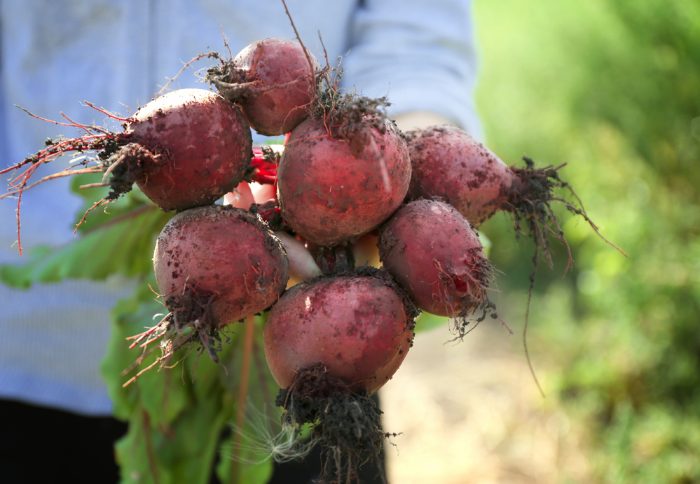
When prepping the soil for planting beet seeds, please don’t neglect the needs of these red beauties. They prefer well-drained soil, never clay, as I have here in Southern Utah, which is too heavy for the large roots to grow. If your soils are hard, the beet may become tough and not be the best vegetable to cook.
The temperature must be at least 40 degrees F (4°C) to plant the seeds so they can germinate. Beets don’t like the hot weather and do poorly in high temperatures. When the soil is ready, plant the seeds 1 to 2 inches apart, cover the seeds with soil, and sprinkle with water.
In about 7 to 14 days, you will see a few sprouts. Thin as needed to keep the roots separated and help form a good size for harvesting. You may want to plant some beet seeds every 2-3 weeks to have a good harvest for extended periods.
You can plant them in partial shade, but make sure the soil depth is at least 6-8 inches to produce excellent roots. The beets are ready to harvest in about 8 weeks. When ready to dig them, gently remove the soil around each root. The greens can be harvested when the beets are young and the root is small.
pH level for Beets: 6.0-7.5
2. Carrots
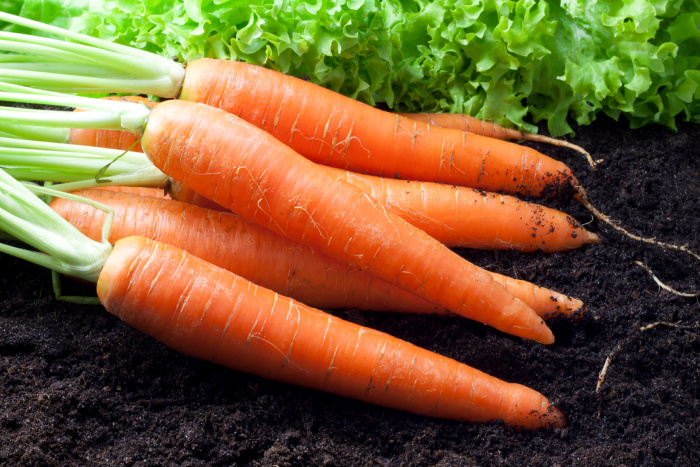
Carrots like smooth, loamy soil with nutrients added, as shown above. I like to moisten the soil slightly, sprinkle the seeds over the soil, and cover them with compost. Keep the rows about 3 inches apart and stagger planting the seeds over two to three weeks to have an abundant harvest for the season.
If you live in intense heat, be careful as carrots don’t like to dry out. If you water them by hand for two to three weeks after planting the seeds, you will soon see the little sprouts.
This is when you fertilize with Miracle-Gro Fertilizer and thin the carrots as needed. If you live where the summers are extremely hot, you can cover them with mulch.
pH level for Carrots: 5.5-7.0
3. Cucumbers
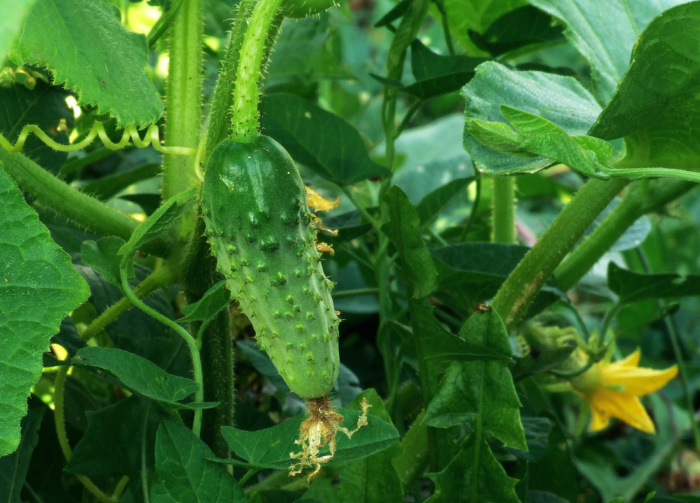
Cucumbers thrive when the weather is hot and they receive a lot of water. Plant them in full sun. If you planted seeds inside, don’t set your seedlings outside until the weather is in the 70-degree range. Check the last frost date and wait two weeks before planting the seedlings or seeds outside.
Decide if you want to grow bush cucumbers or cucumbers on the vine. I have always had better luck with bush cucumbers, which work great in pots or small gardens.
This is why they do better in my raised gardens. I suggest you stagger when planting the seeds because you will bear cucumbers at different times instead of all at once, with a huge picking.
Cucumbers like compost and composted, well-rotted manure. They need well-fertilized soil. Cucumbers grow fast and don’t require much care or work to thrive.
Watch for Flowers
When watering, try to keep the leaves dry to keep leaf diseases from forming. Male blooms show up first and drop off. No worries, within a week or two, a female flower will appear.
If not, you may have to do hand pollination. You remove the male blossom, leaving the center covered in pollen. Use a “brush” to apply the pollen you collected to the center of the female flower.
Use metal cages for vines. The cucumbers will hang better on those because they will attach easier to the wires when growing. Plant two to three seeds about one inch into the soil and cover them with soil.
If the soil is moist and warm, you will see sprouts within a few days. Plant the seeds or plants 36-60 inches apart. Bush cucumbers can be planted closer. Cucumbers grow from start to finish in 50-70 days.
pH level for Cucumbers: 6.5 to 7.0
4. Lettuce
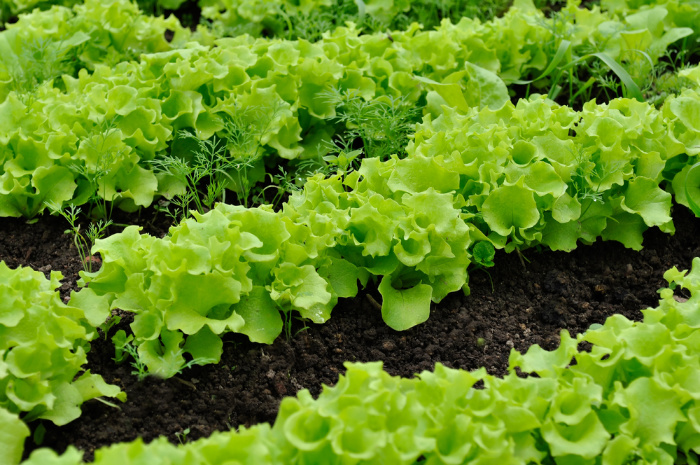
Add the amendments above to the soil where you’ll plant your lettuce seeds. The nice thing about lettuce is that it’s so easy to grow and sprouts up quickly. Just make sure the soil is loosened, loamy, and well-drained. Lettuce loves nitrogen and potassium, so keep your eye on the leaves as they grow. Work in a lot of organic matter or compost. Lettuce matures in 55 to 60 days. Romaine takes longer to mature, and so does head lettuce varieties.
Plant the seeds about 1/4 inch deep, tamp them in the soil, and water them. It’s easy and simple. Read the package to space according to the lettuce variety you choose. Seeds will not germinate in soils above 80 degrees F. When the weather is too hot outside to start directly from the seeds, you can start some seeds indoors and transplant the seedlings into a shady spot.
You may want to choose heat-resistant varieties if you live where the temperatures get too hot in the summer. It’s better to pick early than late because the leaves can become bitter.
pH level for Lettuce: 6.0-7.0
5. Melons
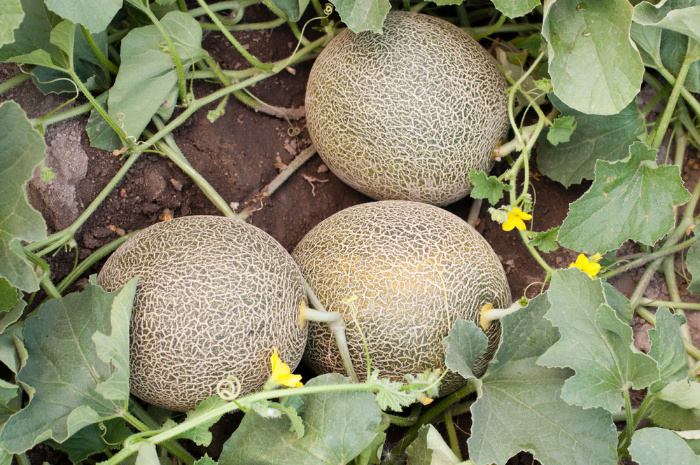
Melons are actually really easy to grow if you have three things: sunshine, warm weather, and amended soil with well-rotted manure and organic compost. The soil temperature has to be above 70 degrees in order for the seeds to germinate. I typically plant three seeds about 1 inch deep in each hole and space them 36 inches apart to allow for growth.
Once the seeds grow to 3-4 inches, I choose between the three seedlings that sprouted and discard the weakest of the three, leaving two standing sprouts.
Melons need more water than many plants because they are made up mostly of water, so never let them dry out. Be careful with the foliage because that’s where the sweetness comes from. Keep the garden weeded so you can watch the fruit when it starts to grow. To test if the fruit is ripe, carefully lift it and twist it; it will easily slip off the stem if ripe. SeedsNow
Late melons don’t slip off the stem when ripe. Honeydews are ready to pick when the area where the melon rests on the ground turns from yellow to white.
Hales Best Cantaloupe: Days to maturity 85 -100 days
Honey Rock Cantaloupe: Days to maturity 85 -100 days
All Sweet Watermelon: Days to maturity 90 days
Sugar Baby Watermelon: Days to maturity 75 days
Tom Watson Watermelon: Days to maturity 85 days
Crimson Sweet Watermelon: Days to maturity 85 days
pH level for Melons: 6.0-6.5
6. Peas
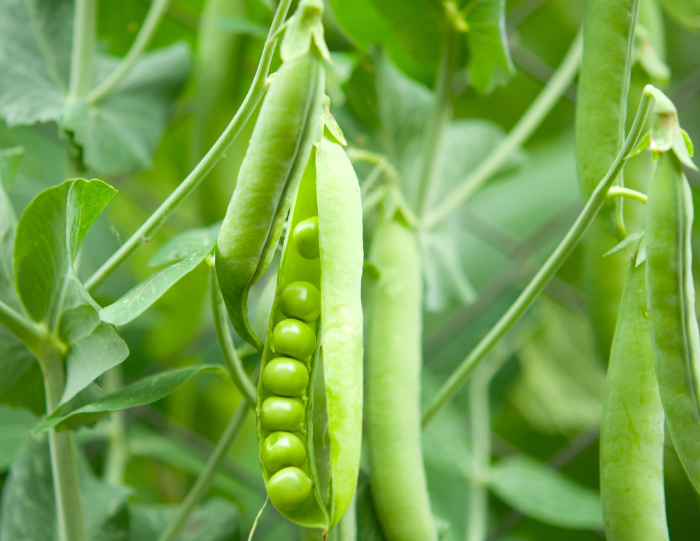
Peas prefer cool weather, so March is a good month to plant peas. You can plant them as soon as you can work your soil. It’s best if the soil temperatures are 10-20 degrees C or 50-70 degrees F.. The best times to sow peas are mid-February, which is clear until the end of May. Of course, depending on how hot it is, you can plant them again in July through mid-August. If your soil is moist or damp, don’t soak your peas; you don’t need to. I have never soaked my peas.
Make sure your soil has the amendments it needs. I prefer bush peas, but that’s because those seem the sweetest. My favorite ones are called Little Marvel. They only grow about two feet tall, and that works for me. They are lovely to taste and can be harvested in about 60 days. You may want to trellis them. Plant the seeds about 4-6 inches apart and 1/2 to 1 inch deep.
pH level for Peas: 6.0-7.5
7. Peppers
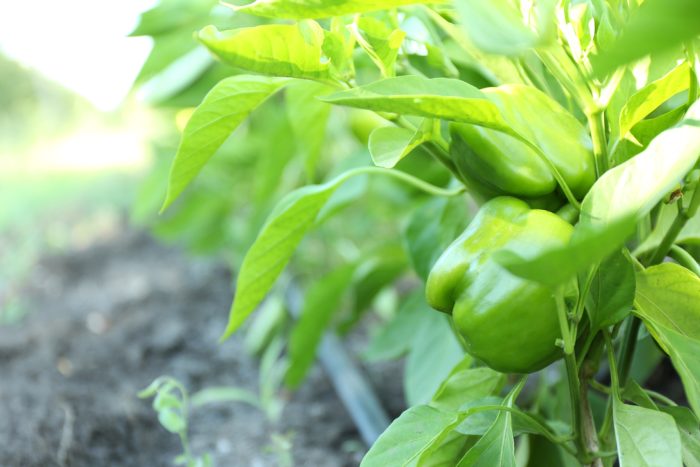
Start your sweet peppers inside about 8-10 weeks before your neighborhood’s last spring frost date. I typically put three to four seeds in each seedling container and thin them down to two plants once they are about 4 inches tall. I use Miracle-Gro Organic Potting Soil; it works great when planting my seeds. I plant them 1/4 inch deep, cover them with soil, and water them.
You are good to transplant once the soil temperature stays above 65 degrees. Be sure to “harden off” the seedlings by taking them outside about ten days before the transplant date so they can learn to tolerate the cooler temperatures. Fertilize the soil before planting the seedlings. Plant the seedlings about 18 inches apart. Sweet peppers require water and don’t like the soil to dry out from the heat. They need to be watered as needed so their soil doesn’t get too dry.
Canary Bell matures in approximately. 100 days
Coral Bell matures in approximately. 88 days
Big Red matures approximately. 75 days
California Wonder matures in approximately. 75 days
pH level for Peppers: 5.5-7.0
8. Pumpkin
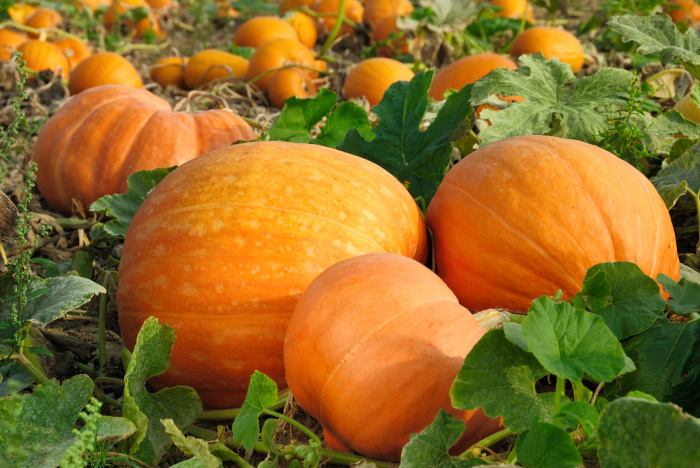
You can sow the seeds outside once the soil temperature hits 70 degrees F. You’ll want to plant the pumpkins, which will have a lot of sunshine and a lot of space to grow. The soil needs to be well-drained, rich, and full of nutrients. Add compost and well-rotted manure before you plant the seeds. Pumpkins prefer the soil temperature to be 95 degrees F and are very sensitive to cool weather.
Plant the seeds one inch deep, 4-5 in each mounded hill. Place the “hills” about 6 to 12 inches apart in rows about 6-10 feet apart. You can see they take up a lot of room. The seeds germinate within a week,, and you will see some sprouts in 5 to 10 days.
When they reach 2 to 3 inches tall, thin them to 2 or 3 plants by clipping off the top and leaving the roots in the ground; in other words, do not disturb the plants when cutting off the ones you will not need. Clip off the ones you won’t keep when they get taller and leave the strongest plant standing (as in one plant). Place mulch around the plants to discourage insects and help stop weeds from growing.
Be careful not to over-cultivate the soil around the pumpkins. They have very shallow roots and don’t like to be disturbed. Use a high-nitrogen fertilizer while the pumpkins are at the beginning of their growth.
When to Fertilize
Once the plants are about one foot tall and haven’t started to “run,” add a fertilizer high in phosphorus just before they start the blooming period. Once you see a few pumpkins on a vine, pinch off the fuzzy ends so the plants stop growing and the nutrients go to the pumpkin itself.
A pumpkin is ripening when it turns a deep, solid color (orange is typical). Place a piece of cardboard under each pumpkin to keep insects from entering the pumpkin’s skin.
When you tap the pumpkin with your knuckles, it should sound hollow. Use a sharp knife to cut the stem 3-4 inches from the pumpkin. Let the pumpkins cure for a week before storing them in a cool, dry place.
Choose your pumpkin seeds:
- Small Sugar Pumpkins are 7 inches in diameter. They are semi-bush plants. The days to maturity are 100 – 110 days.
- Jack Be Little pumpkins are 4 inches wide, great for decorations. Days to maturity: 100 days.
- Wee Be Little pumpkins are the size of a grapefruit and weigh about 14 ounces. Days to maturity: 90 days.
- Jack-o-lantern pumpkins can produce 10-pound fruits that are thick-walled, smooth-skinned, and round to slightly oblong. The days to maturity are 110 days.
- Big Max Pumpkins can grow to 100 pounds; they are huge (60 inches in diameter) and bright orange. Suitable for carving. Days to maturity: 115 to 125 days
pH Level for Pumpkins: 6.0 – 6.8
9. Spinach
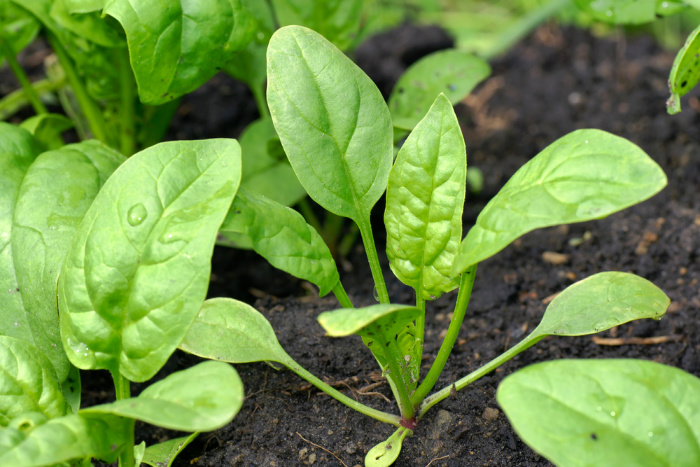
I plant New Zealand spinach seeds because they can withstand the heat of Southern Utah. It’s a large, growing plant, but I make salads and smoothies and freeze a lot of spinach for the year.
This spinach variety grows from spring to fall without any issues. The more I cut it back, the more it grows. It takes 75 days to mature.
Again, ensure your soil has the amendments above, and you repeatedly turn over the soil. Plant the seeds at least one foot apart and the rows two feet apart.
pH level for Spinach: 6.0-7.5
10. Squash
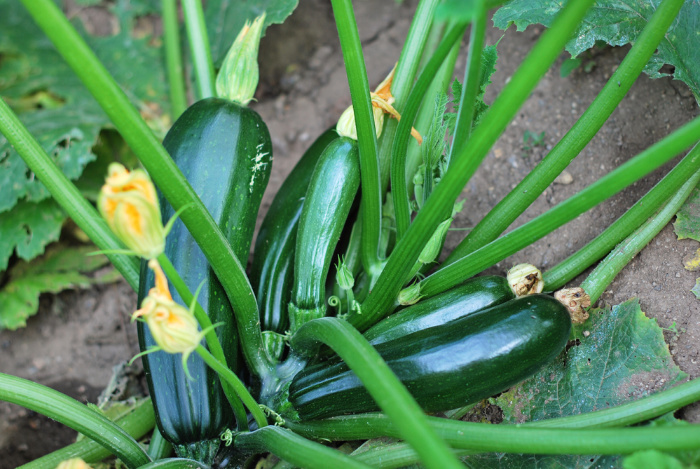
Summer Squash: zucchini, crookneck, and straight-neck (harvested in the summer before they reach maturity)
Winter Squash: pumpkins, butternut, spaghetti, and acorn squash (harvested in the autumn months after they reach maturity)
When you plant the seeds, test the soil to ensure it is at least 60 degrees F. before sowing them. They need full sun exposure and loamy soil rich in nutrients.
The soil must drain properly. Plant the seeds in hills (2-3 each) one inch deep. Space them 2-3 feet apart. Thin as needed to produce the most vigorous plant.
Cloche or Cloth for Protection
Use a cloche to keep the plants warm in case of cool weather. Mulch the plants to keep them moist and weed-free. When the first blooms appear, fertilize the plants.
Water deeply, at least one inch per week. The soil needs to be moist four inches down. If your blossom ends turn black and rot, you have blossom rot. It’s usually caused by uneven moisture in the soil, but it could also be a calcium problem.
Water must be consistent and frequent for the fruit to produce. If the fruits are misshapen, they may not have received enough water or fertilizer. Check daily for fruit you can pick; they grow faster than you think.
pH level for Squash: 5.5-6.8
11. Sweet Corn
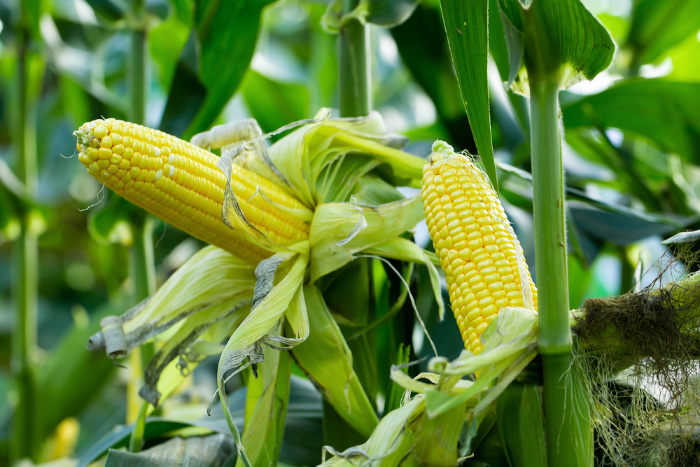
Corn likes full sun, so plant it in an area with full sun. It needs well-drained and fertile soil. To improve drainage, put 2-4 inches of compost and well-rotted manure in the soil. Corn requires a soil pH of 5.8 to 6.5. Add lime to raise the pH and sulfur to lower it.
Plant the seeds two weeks after the last frost in your area. Planting and transplanting seeds in the house is not recommended, so I have always sown them directly outside. I’ve heard of people planting them inside and transplanting them later, so I’m just giving you a heads up.
Plant the seeds 1.5 to 2 inches deep, 4-6 inches apart, and about 8-12 inches apart in three rows. You are better off having several rows, as in three, than having one long row. If spaced properly, the seeds will pollinate better from one plant to another.
Have a Garden Thermometer
Please ensure the soil’s temperature is 60 degrees F. or above for successful germination. This is the Garden Thermometer. I have to test my soil temperature. Fertilize often with nitrogen and phosphorus. 16-16-8 is a good choice for fertilizer composition. Put two pounds of 16-16-8 per 100 square feet of garden.
Once you see sprouts, corn needs an additional 46-0-0 fertilizer, so sprinkle some around those sprouts. Once the stalks have 8-10 leaves, add 1/2 pound of 46-0-0 fertilizer to 100 square feet of garden. Add 1/4 pound of 46-0-0 fertilizer to 100 square feet of garden when the silk develops.
I recommend spacing your plantings with a few seeds weekly to have corn for several weeks. Sweet corn is different than other vegetables. One stalk only grows 3-4 cobs, and it’s done. Yep, all that work for 3 or 4 cobs, but it’s worth it, I promise.
pH level for Corn: 5.8 to 6.5
More information on growing Corn by Food Storage Moms
Please Check Out What To Plant Each Month:
- What To Plant In January
- What To Plant In February
- What To Plant In March
- What To Plant In April
- What To Plant In May
- What To Plant In June
- What To Plant In July
- What To Plant In August
- What To Plant In September
- What To Plant In October
Final Word
I hope this post excites you to start a big or small garden today. If we can produce our lettuce in pots, that’s an accomplishment. We know the seed quality, the soil we plant them in, and whether or not they have pesticides.
In other words, we will know what we are eating, and that’s a good thing. Please be prepared for the unexpected; hard times are coming. May God bless this world, Linda
Copyright Images: Picture of a Small Garden Depositphotos_478723942_S, Hand Pollinating Cucumbers Depositphotos_219055640_XL By Elena@Mas, Beets Freshly Picked Depositphotos_145698157_XL By belchonock, Carrots Organic Depositphotos_10689440_XL by udra, Lettuce Growing in Rows Depositphotos_3127527_XL By Digifuture, Melons Cantalopes Growing Depositphotos_12388924_XL By tchara, Peas Growing On The Vine Depositphotos_6021024_XL By ksena32, Bell Peppers On the Vine Depositphotos_132463950_XL by belchonock, Pumpkins Growing Depositphotos_6011021_XL By Smileus, Spinach Baby Depositphotos_5968897_XL By Mirage3, Zucchini Growing Depositphotos_22890174_XL By tchara, Corn Growing in the Garden Depositphotos_232962436_XL By kaiskynet@gmail.com, Cucumbers Depositphotos_11914800_XL By syaber


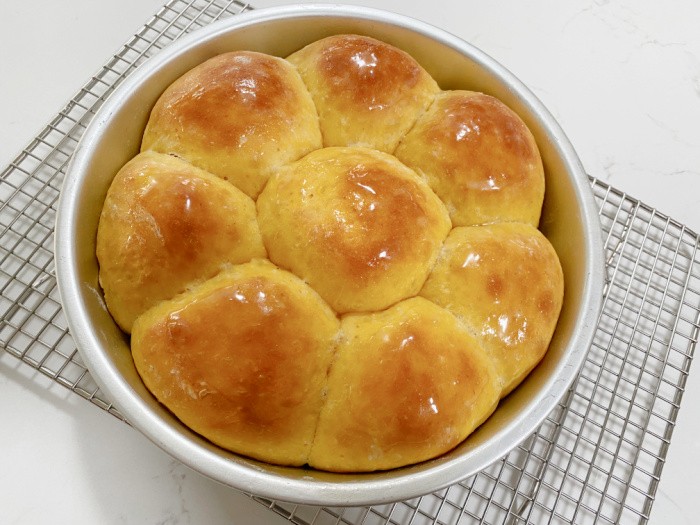
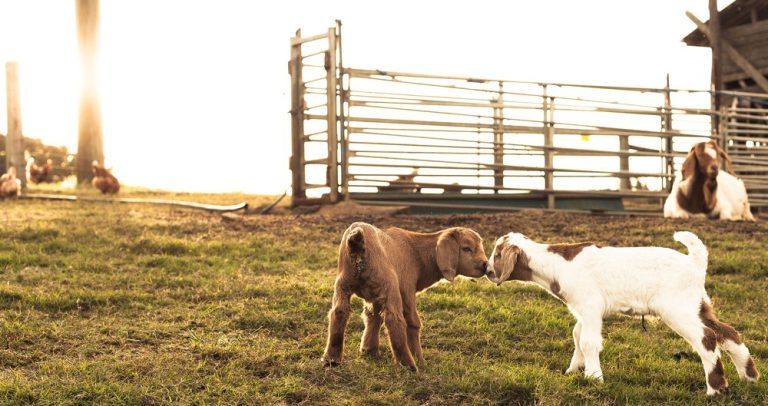
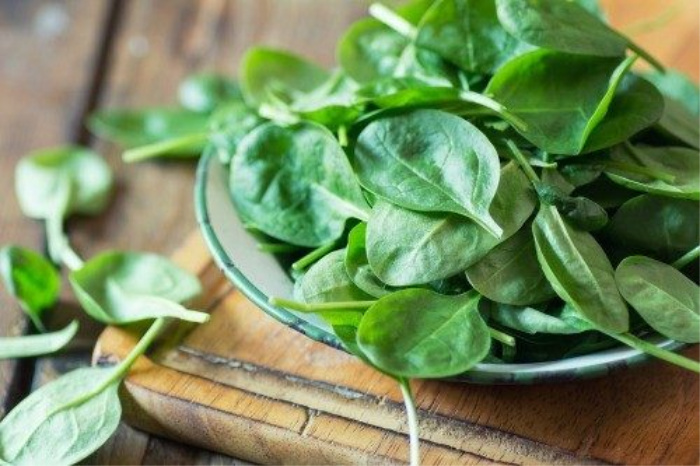
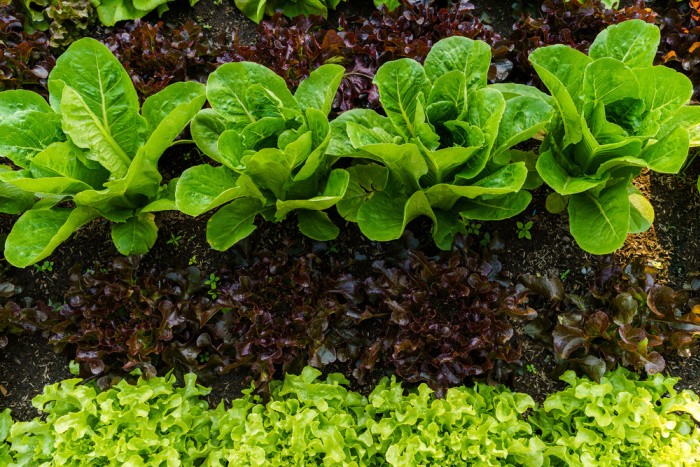
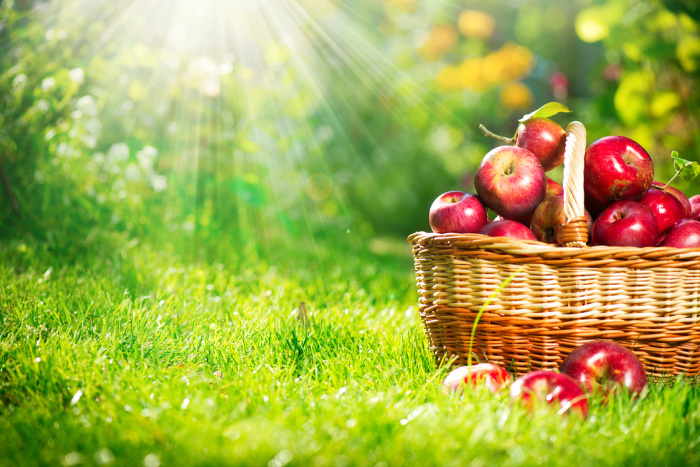
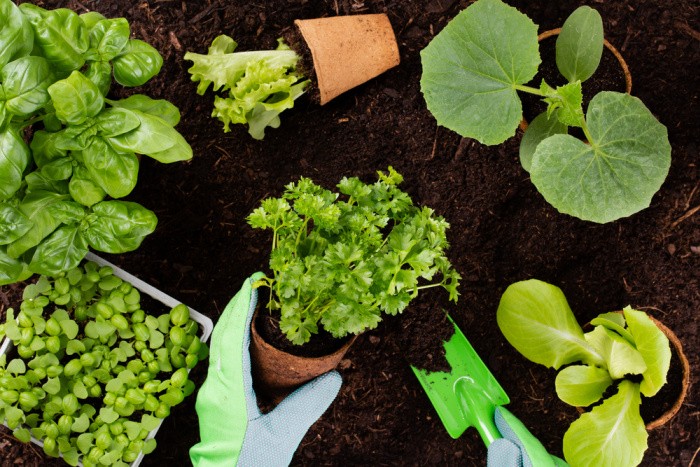
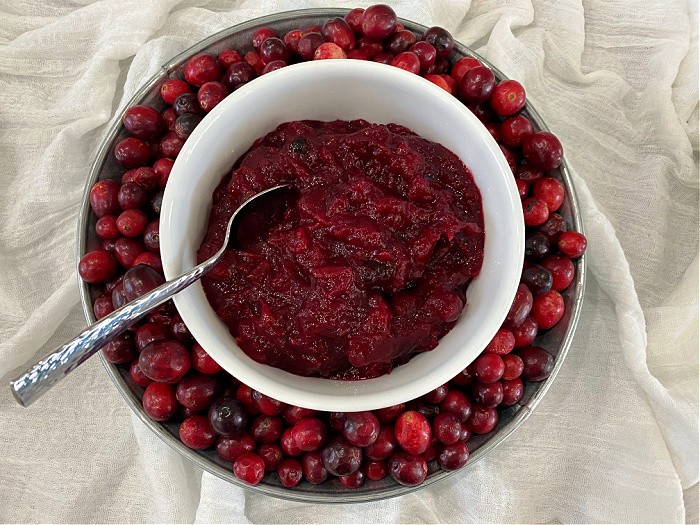
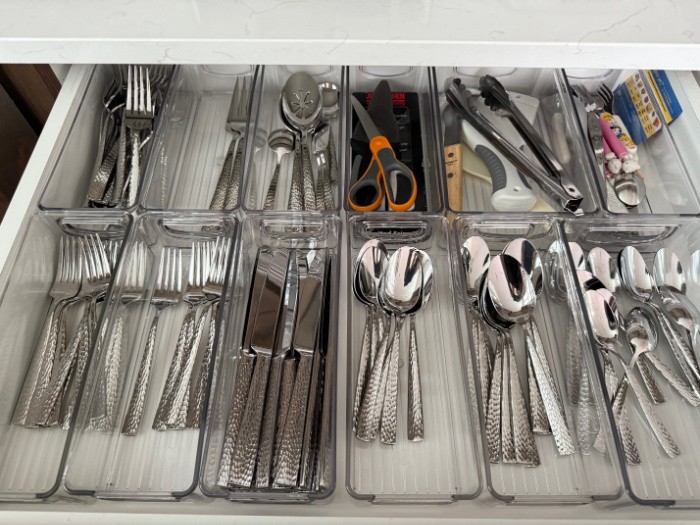
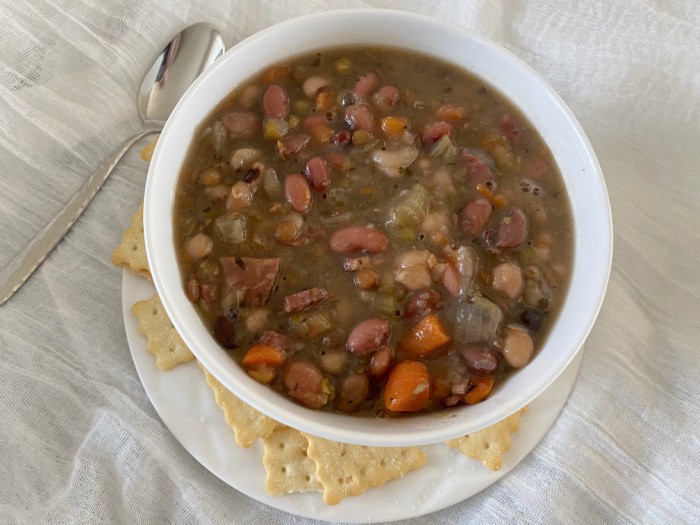

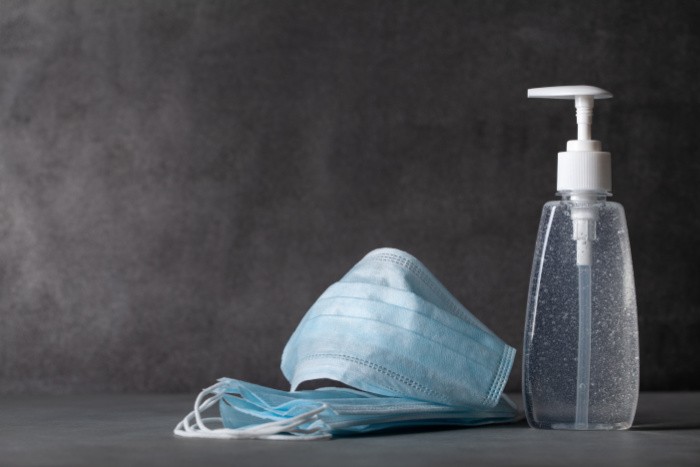
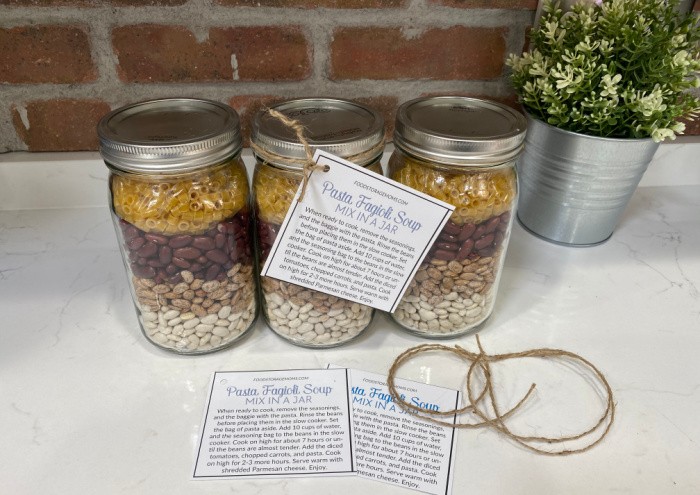
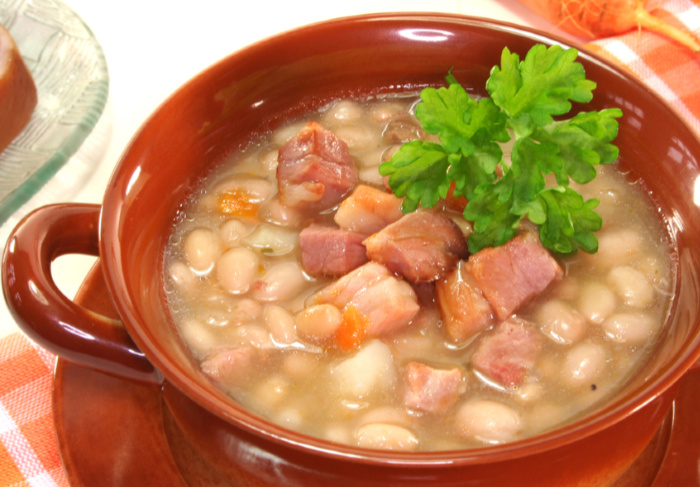
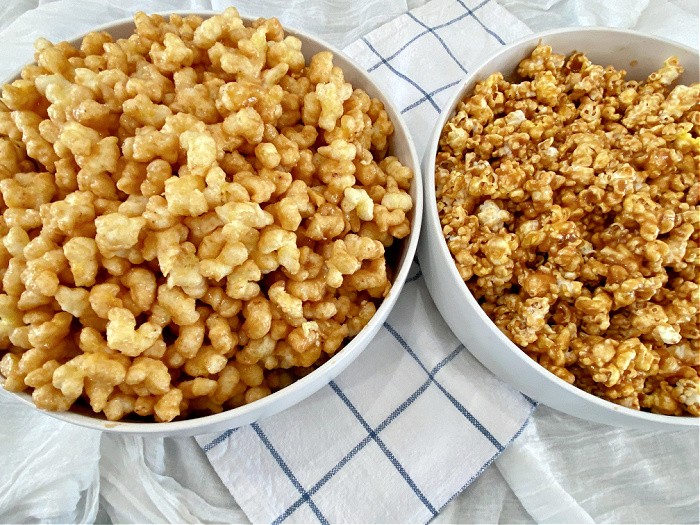
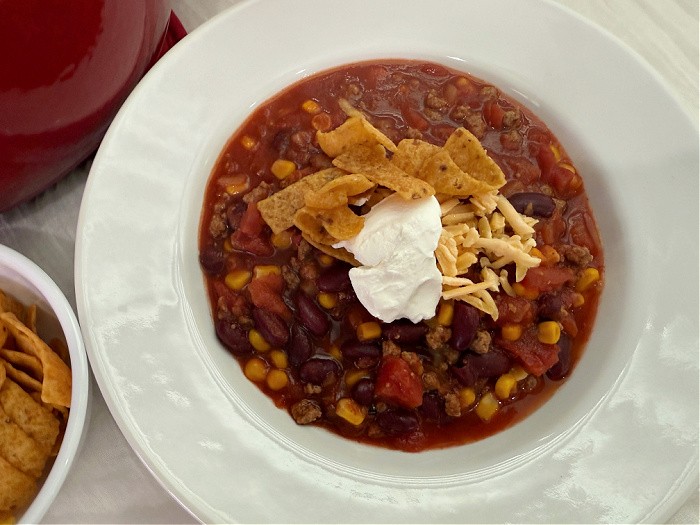
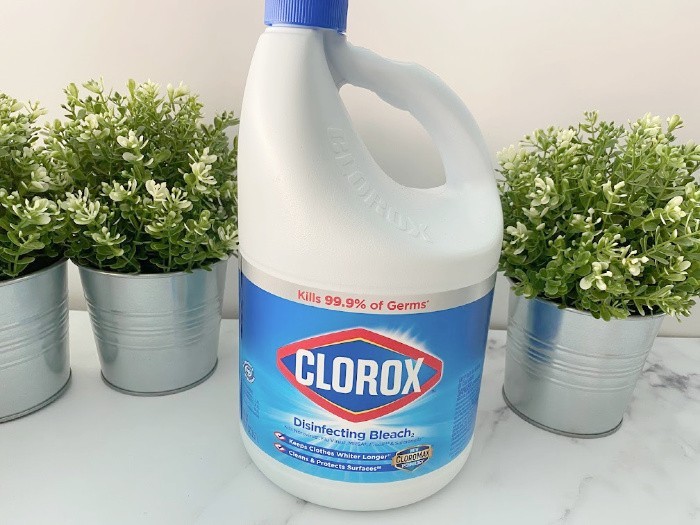
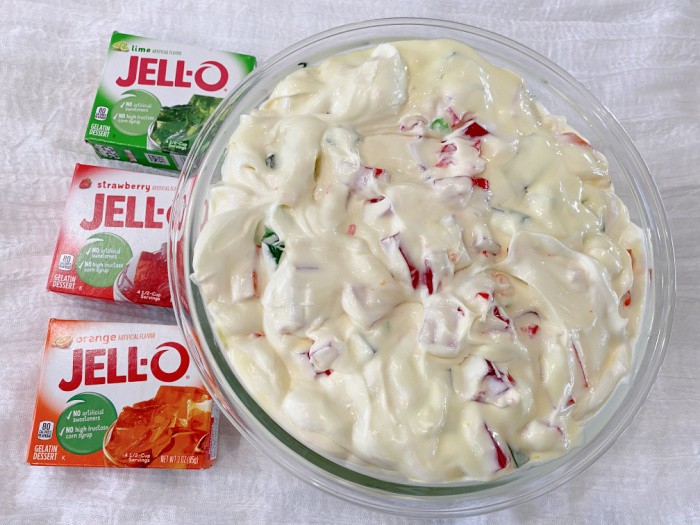
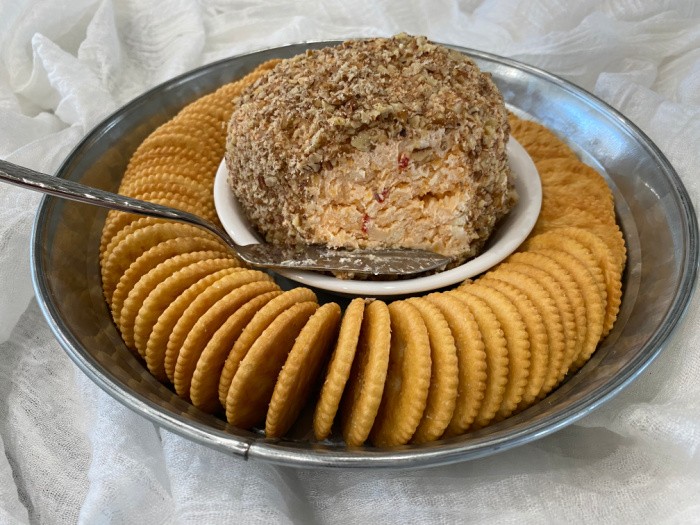

What do you mean by mulching the garden? What product are you referring to?
Hi Brenda, great question. Mulch is whatever you have to retain the moisture around plants. Or something to help keep them from freezing in the fall. I buy bags of organic mulch from the local garden center. You can use grass clippings, shredded newspapers, wood chips, shredded bark, kitchen scraps that you have made into compost. It’s easier for me if I just buy the organic mulch but people make their own mulch all the time. Linda
Thanks for all this information, Linda. Have you written a book about gardening? If not, you should!
Hi Roxanne, you are so cute!!! I would love to write a book on gardening and share it with everyone! Linda
Thank you!! So many gardening articles and books forget about my zone (10)!!!
Hi Lizzy, oh, I hope this helps you. The weather is so crazy sometimes we have to cover our plants. We must grow our own food, it’s going to be critical. Have fun gardening. Linda
Hi, Linda! So much effort went into this. You are so awesome to us. I think I’ll vote for you for Woman of the decade!
HI Deborah, you are so cute! I really want people to love to garden. Some people have never been shown how easy it is. I was talking to Mark yesterday and I said, why is I love to learn new things? I have always been that way. You have to! Life is good when we want to learn a new skill, no matter what it is! Linda
So true Linda! When I quit learning, I’ll be dead. I may forget what I learned years ago, but I replace it with new stuff. To me, living means learning.
I’ve taken a beating this year. The very late frost got some of my plants despite plastic covering. The wind broke off my green beans. It’s been a tough start and I’m replanting many things.
Gardening Life
HI Matt, urghh!! I’m so sorry to hear this! The weather has been harsh in so many areas. Mark went golfing yesterday and the wind was so bad he came home early and then the rain hit us hard. So far so good here for the garden but that can change anytime. I had staked up my tomatoes and put my heavy-duty tomato cages on them. Of course, now the sun is out shining as if nothing happened. You still have time to replant, what a bummer. It is a gardening life. Linda
My favorite time to sow spinach is early/mid-September, so we’ll harvest sweet, tender leaves through early June.
Hi Eden, oh fresh spinach is the best! I love growing spinach!! Linda
If you are able to grow your own food without issues from weather warfare, then hat’s off to you! Not everyone is that fortunate nor have the means to do everything. I’m blessed that I’m able to walk until I become more paralyzed from my lower back down. It’s hard for me to know whom to trust anymore. As people have betrayed my sense of trust. No matter how much or how little one prepares only lasts temporary. The real battle is not only good vs evil, but we the people vs the globalists. Why all evil doers to flourish, because good men and women refuse to hold them accountable for crimes against humanity.
Hi TruthIsUnbreakable, you are so right about being able to grow our own food, it’s not always easy. Or affordable. I get it. Thank you for your comment, Linda
Planting corn tomorrow morning after the rain moves by. I dumped my compost pile onto it which contains rabbit, chicken manure and the hay/wood chip bedding along with organic household waste from food. I’m gonna till it all in and put the seed in the ground.
Ground temps are a little cool this year still but my timeline and workload is closing in on me so gotta get it done.
Hi Matt, wow, you have combined great nutrients into your soil!! Yay for corn on the cob! My mouth is watering! Love this! Linda
Linda, your what to plant series are my favorite articles. I just planted Bush Porto Rico Sweet Potatoes. I went with a bush type to save space. A couple of years ago I planted Covington Sweet Potatoes and they did exceptionally well but the vines totally took over one of my 4’x16′ raised beds. Live and learn.
I already harvested and pulled my Dwarf White Sugar Snow peas. They had a virus and were producing poorly–and I needed the room for warm weather veggies. My other peas–Mammoth Melting Snow Pea and Green Arrow Shell Pea are doing beautifully, but I’ll still be pulling them within a month to make way for corn, beans and squash. By that time my tomatoes should be producing more than I can handle, most of them are flowering and they were just planted last week.
Hi Ray, boy has your garden produced well with your soil! It takes years to get our soil to where its loamy, I LOVE hearing wht you are harvesting and planting! Life is good, my friend! Linda
Linda, it is so windy here that most of the mulch ideas you propose don’t work. I use small bark chips. They are heavy enough not to blow away and over the years they compost nicely.
My Bok Choi has set seed and I’m harvesting them for fall–though I could get in another crop now. I just want the space for other things. I’m so buried in snow peas that I’m letting the remaining pods swell up and form peas I can shell. As always I’ll let some dry on the vine for seed stock. I need to get all my cucumbers set out. I have nineteen plants–5 different varieties: Burpee’s Champion (Jane’s favorite), Diva, Sweet Success, Spacemaster and Garden Sweet. Spacemaster will go in large pots. The rest in various garden beds.
I have Tuscan Cantaloupe up in my mini-greenhouse and I’ll be transplanting them in a week or two.
Meanwhile, I’m direct seeding Kajari Cantaloupe in a raised bed.
Hi Ray, you are so right about the thin fluffy mulch. We had rocks in Southern Utah (zero landscape). I love hearing about your garden because I want so badly to be able to walk out and work my hands in the dirt. We shall see. Linda